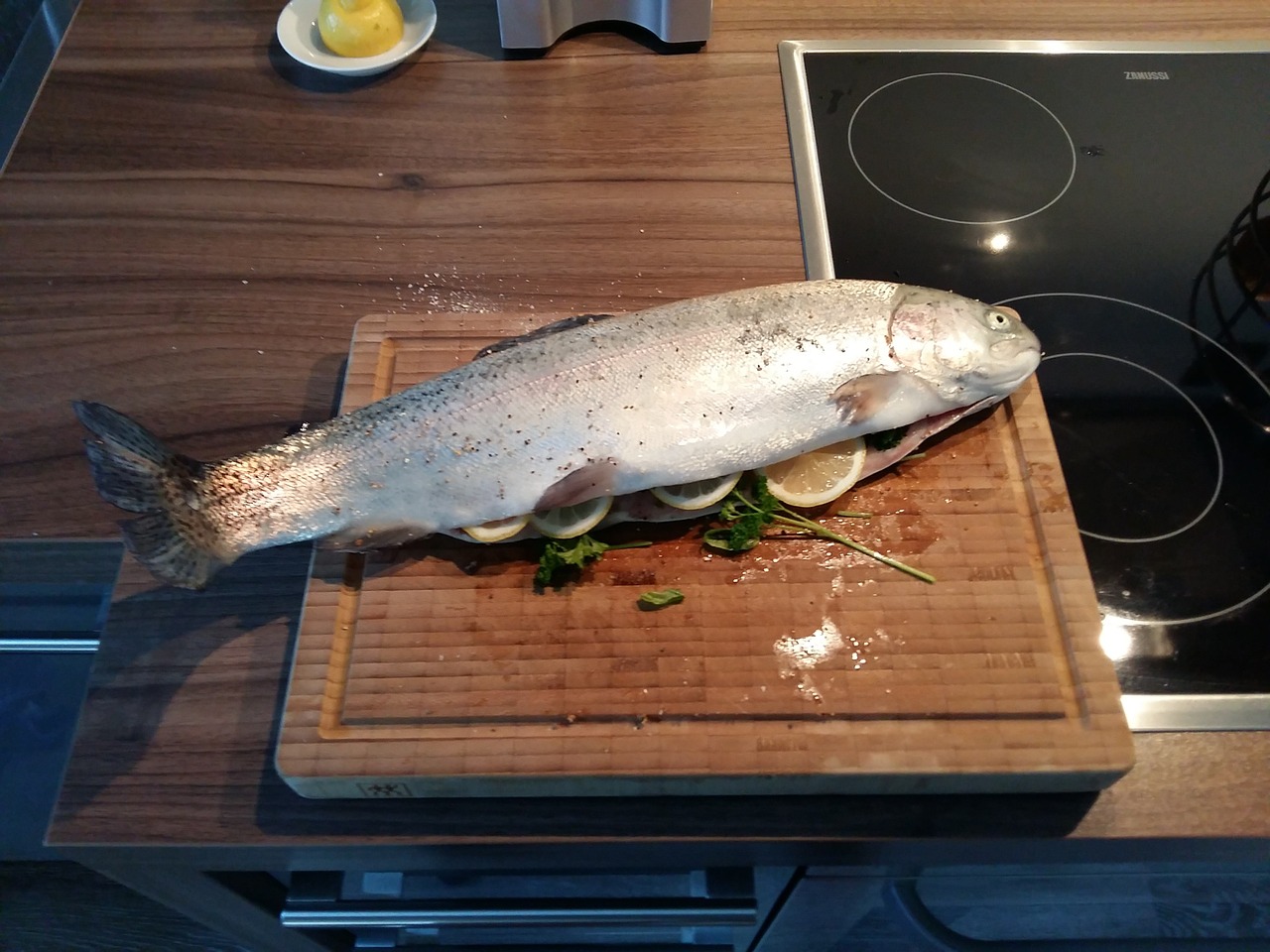In 2019, the highest life expectancy was in Japan. It was close to 85 years. Studies have suggested that the Japanese diet is one of the reasons for their long life. What’s so special about the Japanese diet? Well, they have a lot of seafood in their menu.
Seafood is very popular around the work. The popularity is mainly based on its nutritional values. It contains low total fats and saturated fats, however, it is very rich in vitamins and minerals. Another reason why seafood is popular is because of its health benefits. Studies have discovered that including a lot of seafood regularly in your diet lowers the risk of cardiovascular diseases such as heart attack and hypertension. Eating seafood has also been connected with a lower risk of stroke and obesity.
We just mentioned that seafood is loved by people all around the world due to its nutritional value. However, you might be wondering, what is the most popular seafood? Well, it is difficult to say which is the most popular seafood because everyone has his/her own taste, and the choice of seafood also depends on cultures and countries. However, we have to agree that salmon and trout are among the popular varieties of seafood.
Availability and price might be some of the factors in choosing a certain food. However, do we actually know how salmon and trout or seafood, in general, contribute to our diet, health, fitness, and general well being?
Let me be frank. I am not an expert on seafood. I am not a nutritionist or fitness expert either. However, as a person interested in healthy eating and healthy cooking, I always look for information that I can use. In this article, I have compiled information on the nutritional facts on salmon and trout. Nevertheless, you must bear in mind that the the information is not provided by an expert but by a person who has collected tidbits from various sources.
Trout vs. Salmon. Random facts. Let the best fish win!
Nutrition Facts About Trout
If you have to rank different varieties of fishes based on the nutritional benefits, trout may not feature even in the top 5. However, based on the popularity rank, trout, mainly rainbow trout, is one of the most popular varieties of fish. If you have to make a choice between wild trout and farmed trout, always go with farmed trout. Unlike wild trout, farmed trout is not contaminated with water pollutants. Interestingly, wild trout are better sources of omega-3 fatty acids and niacin.
A 100 gram serving of rainbow trout contains 140 calories, cholesterol 59 gram, carbohydrate 0 gram, sugar 0 gram, protein 20 gram. Just by eating 100 grams of rainbow trout, you get 40 percent of your daily protein requirement. (Recommended protein intake for a normal adult is 0.8 grams per kilogram of body weight). Rainbow trout is rich in Vitamin A, B6, B12, C, D, and calcium, magnesium, and iron.
Nutrition Facts About Salmon
If you have to rank different varieties of fish in terms of nutritional benefits, salmon will probably rank highest. Due to its high amount of omega 3 fatty acids, salmon is considered the healthiest fish. Do you know salmon are the type of fish that are born in freshwater rivers and streams but migrate to the seawater to spend their adult life and then travel back to freshwater to reproduce?
Generally speaking, in the United States, six different varieties of salmon are eaten, viz. Atlantic, Chinook, Chum, Coho, Pink, and Sockeye Salmon. Apart from Atlantic salmon, all five varieties are harvested in the Pacific Ocean. Atlantic variety of salmon is raised in farms.
A 100 gram serving of salmon gives you 208 calories, 20 grams of protein, 55 milligrams of cholesterol, 363 milligrams potassium, 0 gram carbohydrate, 3.1 grams saturated fat, 3.9 gram polyunsaturated fats, and 3.8 gram monosaturated fats. Salmon also has Vitamin A, Vitamin B6 and B12, and Vitamin C and D.
Conclusion of the Comparison
In terms of total fat content and saturated fat content, trout seems to be more nutritional than salmon, however, salmon has more D vitamin than trout. Per servings (3 ounces) of farmed Salmon contains 2600 mg omegas and wild salmon contains 1000 mg omegas, where as trout contains 900 mg omegas. Likewise, trout contains more Vitamin A and Vitamin B12 compared to salmon.
If you ask me which one is more nutritional, my answer will be none. But then I have already admitted that I am not an expert on this matter. My personal preference is trout, I like the taste of trout better than salmon. However, if you invited me for lunch and served salmon, I would gladly receive it.

No wonder the Chinese and the Japanese live longer enough cos seafood. Fresh fish is very rich in our health that’s why i prefer eating it than just eating red meat that is dangerous to my well-being.